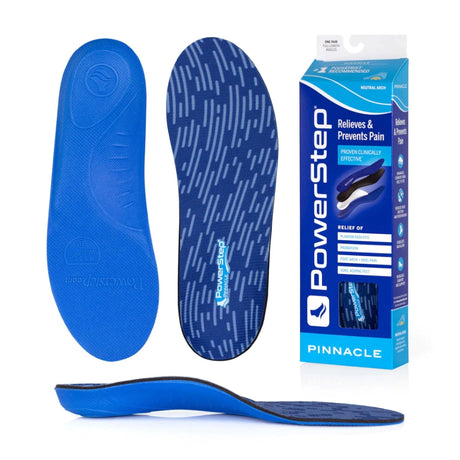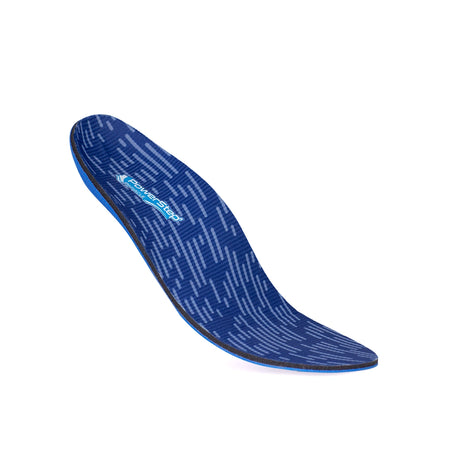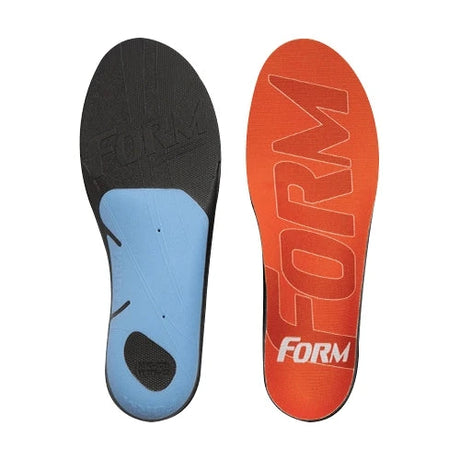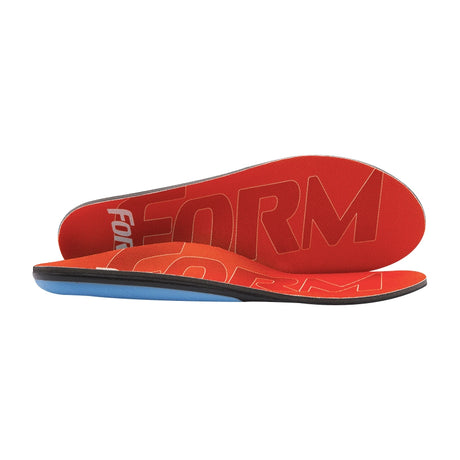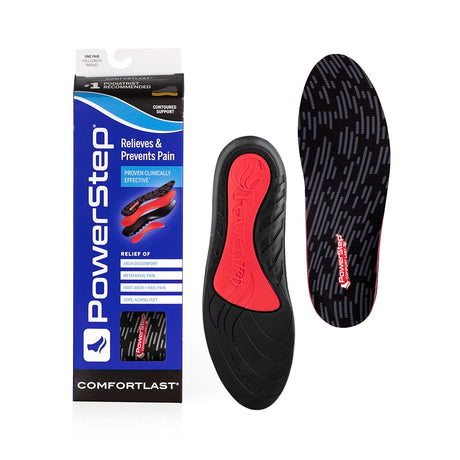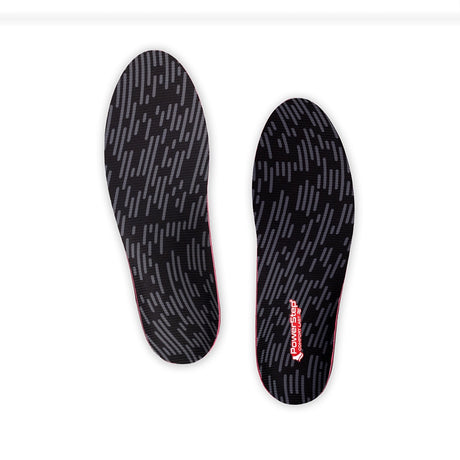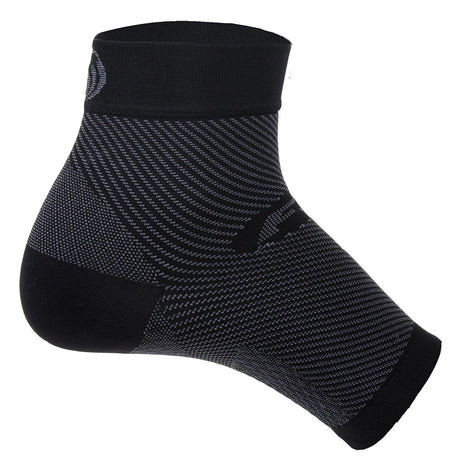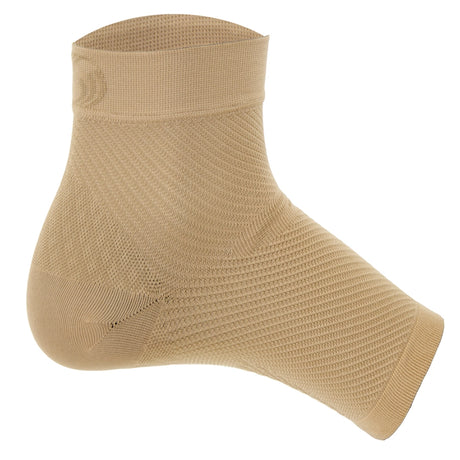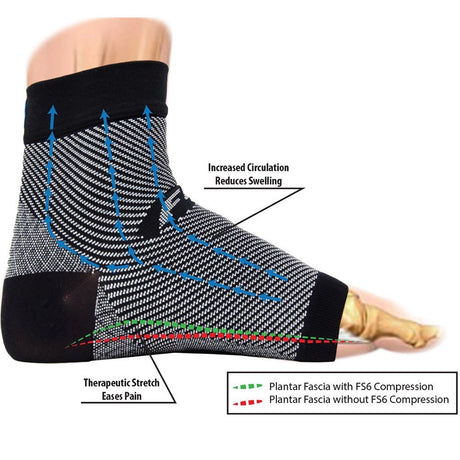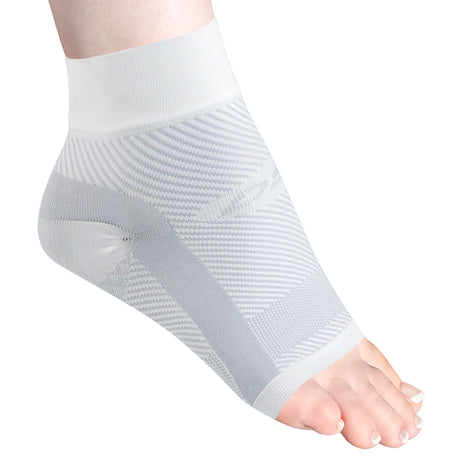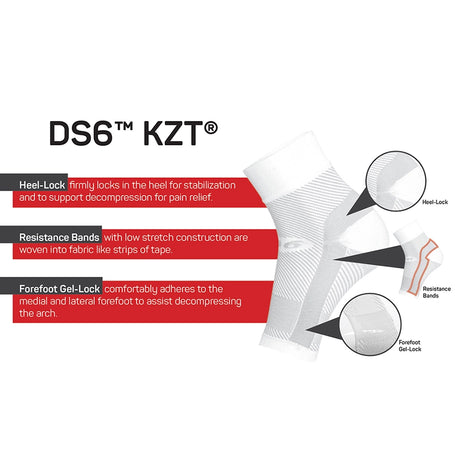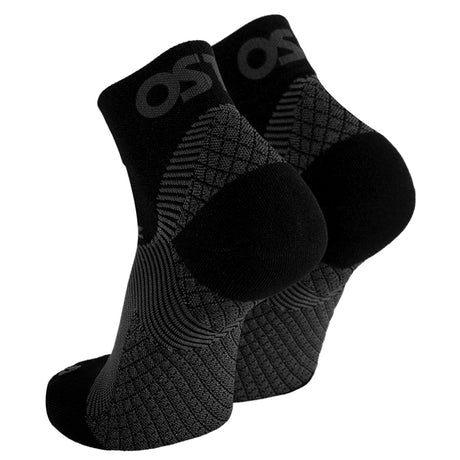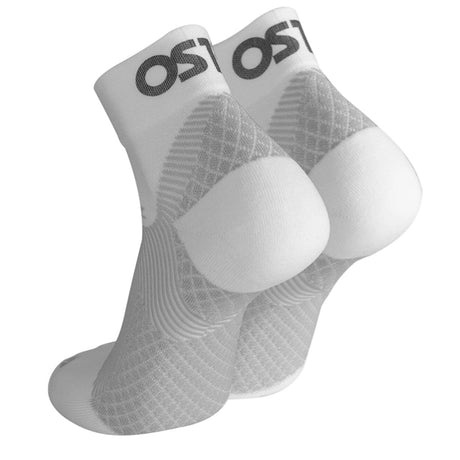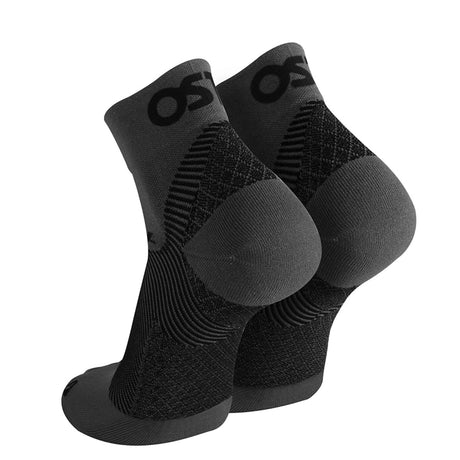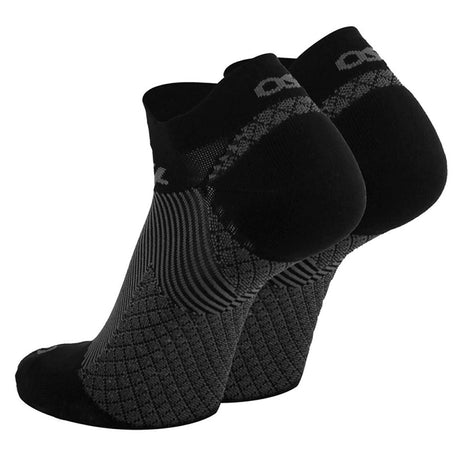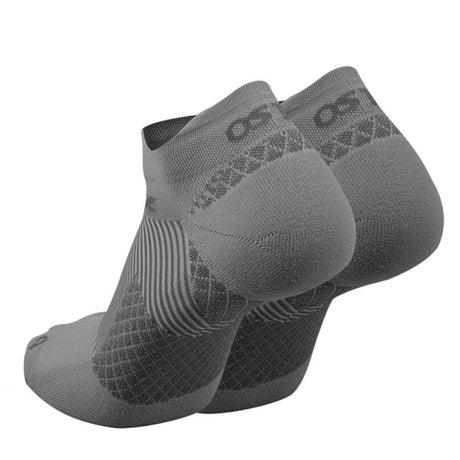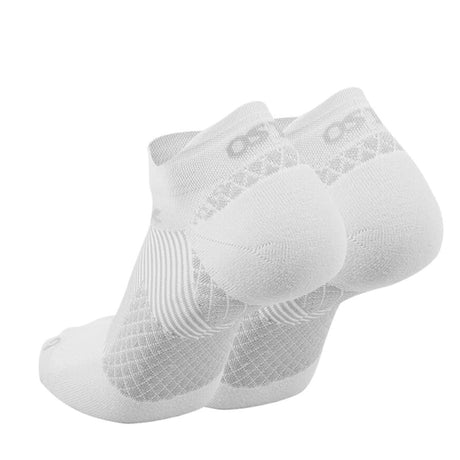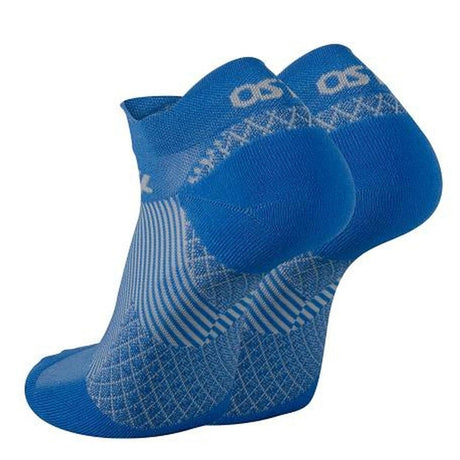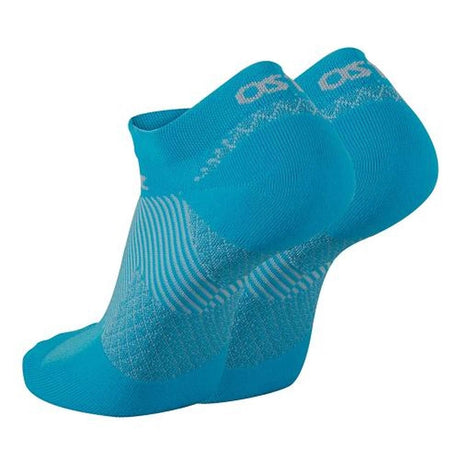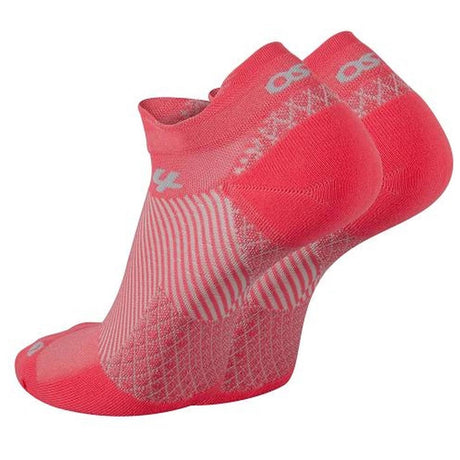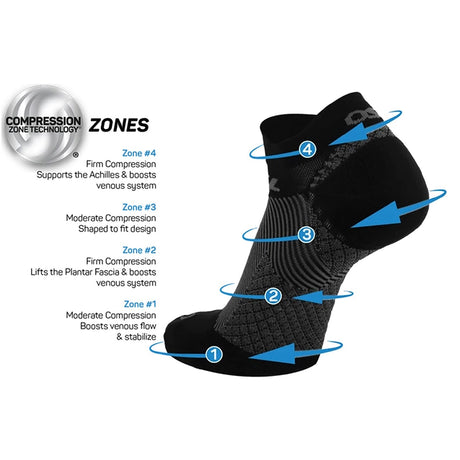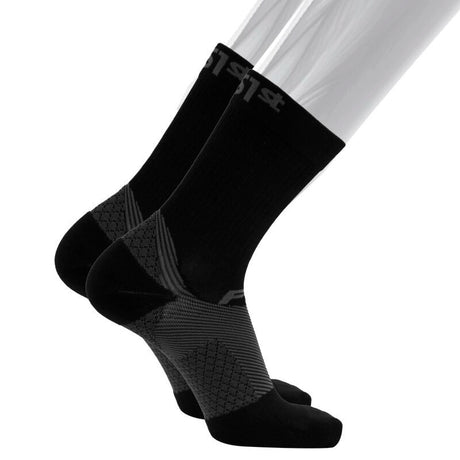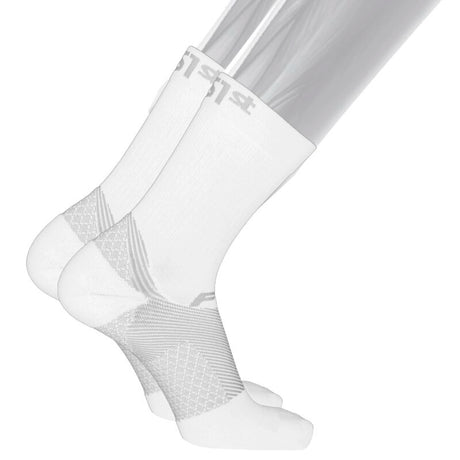Plantar Fasciitis Insoles
You're currently browsing our entire selection of insoles suitable for Plantar Fasciitis. Use the product filters below to narrow your selection, or contact us if you have any questions or for a recommendation. Thank you for shopping with us!
Currently shopping for:
Best for Plantar Fasciitis
Why do you recommend these items?
Why do you recommend these items?
We choose our product recommendations based on a combination of our own usage & opinion of the products, product design & product features, conversations we've had with our customers regarding their product usage & experience, and collective customer product feedback & reviews.
Looking for something different?
Looking for something different?
General recommendations aren't always a one-size-fits-all solution, and we understand that! Our team is more than happy to provide a customized recommendation for you. Simply contact us and give us some information about what you're looking for and we'd be happy to assist!
What is Plantar Fasciitis?
Plantar fasciitis is a foot condition in which the plantar fascia tendon, which runs along the bottom of the foot from the heel through the arch of the foot, becomes inflamed as the result of damage caused by strain on the tendon. Damage to the plantar fascia tendon can happen gradually, such as through repeated strain on the foot on a daily basis, or quickly as the result of a major strain being placed on the tendon during a specific action. In either scenario, the injury to the plantar fascia tendon causes pain and discomfort that can range anywhere from annoying discomfort to excruciatingly sharp pain.
Image courtesy of InjuryMap, CC BY-SA 4.0, via Wikimedia Commons
What does plantar fasciitis feel like?
While the symptoms of plantar fasciitis can vary from person to person, in all cases it will be either discomfort or pain that originates from the bottom of the foot, and in most cases it is felt most strongly when you're upright on your feet.
Plantar fasciitis pain can range in intensity from a dull ache to a sharp, debilitating pain. Some people describe the pain as an aggravating soreness similar to the bottom of the foot being bruised while simultaneously standing on a pebble: not necessarily a sharp pain, but rather an annoying discomfort. Others describe plantar fasciitis pain as a sharp pain that radiates throughout the foot whenever they put pressure on the foot, such as when standing up or when walking. The level of discomfort generally depends on how severe the plantar fasciitis is: The sharper, more intense the pain, the more damage that your plantar fascia tendon has likely sustained.
Where, specifically, the foot hurts is also subject to some differences between individuals. Most people experience pain or discomfort between the arch of the foot and heel. Others feel the main most intensely distinctly in the heel, while others feel it more towards the midfoot. Ultimately, a lot of where you'll feel discomfort depends on the nature of the injury that caused plantar fasciitis as well as your foot shape and foot health.
What are the common causes of plantar fasciitis?
Plantar fasciitis results when the plantar fascia tendon becomes damaged. In some cases, this can be the result of a single event that puts immense strain on the tendon, such as an extremely hard landing while jumping, or striking the foot against the ground at an awkward angle when running. More commonly, however, the injury occurs gradually over time, such as placing strain on the plantar fascia tendon every day from activities such as standing for long periods at a time, doing lots of walking, or putting lots of weight on the feet. In some cases, even just normal, everyday activities can be enough to put sufficient strain on the tendon over a long period of time that plantar fasciitis can result. In all cases, small tears in the tendon lead to inflammation and pain. If left untreated, the tendon will continue to sustain further injury, leading to more intense discomfort and a longer recovery period.
How is plantar fasciitis treated?
To properly treat plantar fasciitis, the plantar fascia tendon needs to be allowed to heal while also avoiding any additional damage being done to tendon. This means that you'll need to take as much strain off the tendon as possible, for as long a period as possible and as often as possible.
In our ideal scenario, you'd stay off your feet until the plantar fascia tendon has had the chance to fully heal itself. That way, you'd 100% avoid any further strain that might aggravate existing injuries or cause new injuries to the plantar fascia tendon. However, since this is rarely possible, our realistic solution is to ensure that your foot remains properly supported 100% of the time, even if you do have to be up and on your feet.
When wearing shoes, orthotic arch supports are what we're really looking for. Specifically, we want an insole with a deep heel cup that will help stabilize the base of the plantar fascia tendon, a firm arch support to help keep the midfoot supported while also helping to better distribute strain and pressure on the foot, and at least a moderate amount of cushioning in order to help further alleviate pressure and impact shock on the foot. With proper foot support, the impact on your foot from activities that would otherwise cause further injury will be largely mitigated, allowing your foot time to begin healing while simultaneously ensuring that your day-to-day routine doesn't add to the problem.
Since arch supports only work inside shoes, and since you're not always wearing your shoes, we also recommend looking into plantar fasciitis socks and/or supportive foot sleeves to use in other situations. Whenever you're walking around the house, supportive socks or sleeves will help keep the plantar fascia tendon supported even when your insoles aren't available to be of any help. And when you're lounging or sleeping, sleeves will help to keep the foot stretched to avoid the pain and stiffness commonly associated with being on your feet for the first time after being off of them for a while.
Where feasible and appropriate, anti-inflammatory medication and the use of ice can help to reduce swelling and inflammation, and when combined with the use of insoles, socks, sleeves, or braces, can provide comfort quickly when recovering from plantar fasciitis.
How do I prevent plantar fasciitis?
The most important thing is to keep your feet supported during your daily activities. Wearing insoles with proper support inside your shoes will help prevent damage to the plantar fascia tendon, as will supportive socks and foot sleeves. Limiting activities that place a lot of strain on your feet, or making sure that you have proper foot support in place for these activities, will also help prevent plantar fasciitis from occurring.

